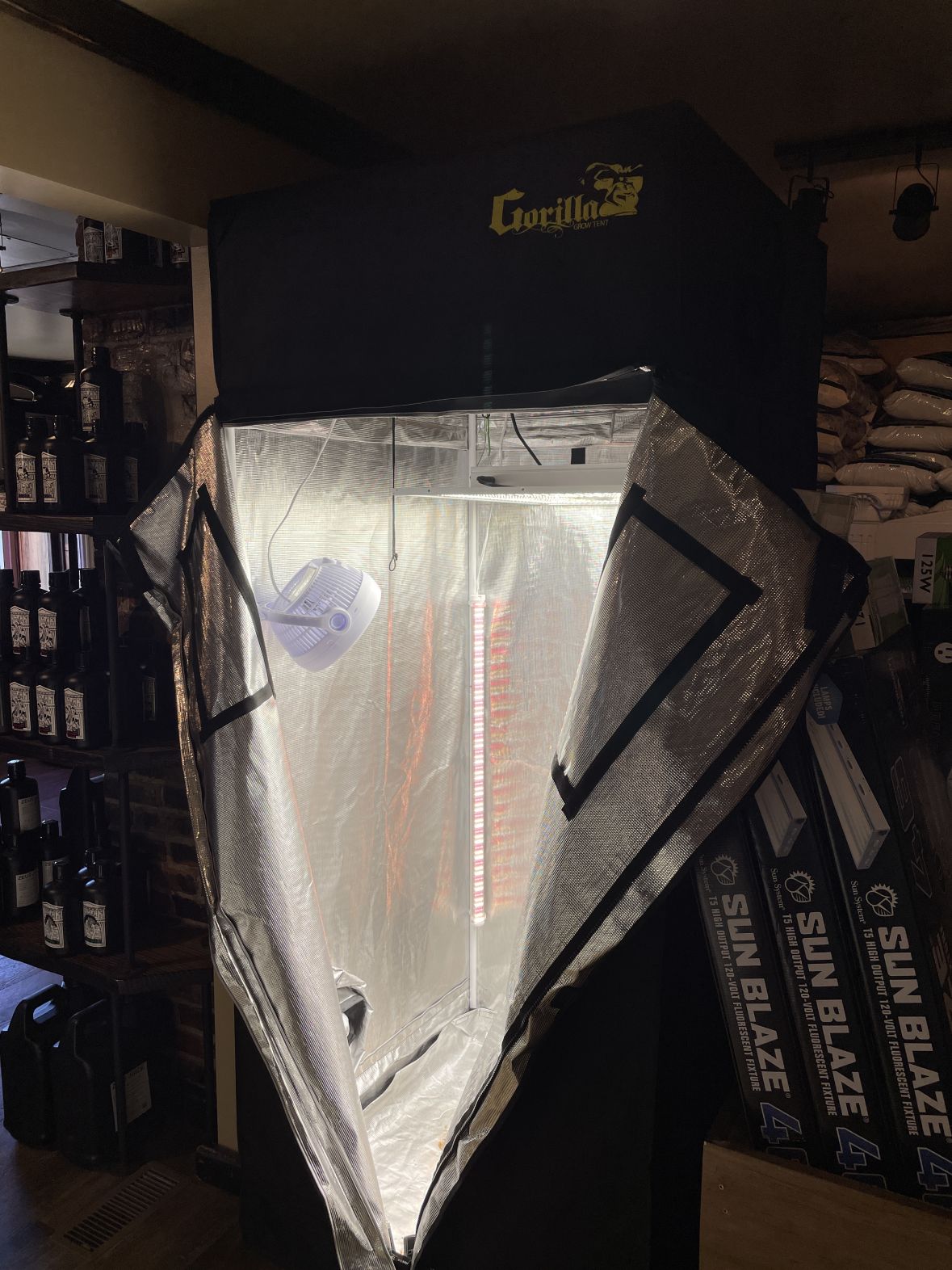The Ultimate Guide to Hydroponic Equipments and Techniques
In the world of modern-day farming, hydroponic systems have emerged as a revolutionary method for growing plants without soil. As we discover the details of hydroponics in this thorough guide, we will certainly navigate with the various kinds of systems, explore the necessary nutrients vital for plant growth, and dig into innovative techniques that can substantially boost returns.
Advantages of Hydroponic Systems
Hydroponic systems provide a plethora of benefits, including efficient resource use and specific nutrient distribution to plants. By supplying a regulated setting for plant development, hydroponic systems allow optimum water and nutrient usage, resulting in higher returns compared to traditional soil-based farming. This effectiveness not just conserves sources but likewise lowers waste, making hydroponic systems eco-friendly.
Moreover, the accurate delivery of nutrients in hydroponic systems permits for personalization based on the particular requirements of each plant variety. This targeted approach ensures that plants obtain the appropriate equilibrium of necessary nutrients, advertising much healthier growth and decreasing the danger of nutrient deficiencies or imbalances. Additionally, the capacity to keep track of and change nutrient degrees in real-time maximizes plant productivity and general crop quality.
Moreover, hydroponic systems get rid of the need for herbicides and chemicals, as the closed-loop system minimizes the danger of bugs and diseases that are commonly located in soil-based farming - The Indoor Earthworm. This not only profits the plants and the setting but likewise contributes to generating cleaner, much healthier crops for usage
Sorts Of Hydroponic Setups

Nutrient Film Method (NFT) uses a superficial stream of nutrient option streaming over the plant roots, providing a continuous supply of nutrients. Trickle systems entail trickling a nutrient remedy onto the plant roots, using specific control over feeding.
Each sort of hydroponic arrangement has its advantages and is suited to various plant ranges and growth stages. Understanding the distinctive features of these systems can assist hydroponic cultivators select one of the most suitable setup for their details needs and choices.
Vital Nutrients for Hydroponics
In hydroponic systems, plants depend on a specific equilibrium of necessary nutrients to flourish and grow successfully. These vital nutrients are crucial for various plant features such as photosynthesis, origin growth, and overall growth.
In enhancement to macronutrients, plants also need additional nutrients like magnesium, sulfur, and calcium, along with micronutrients such as iron, copper, zinc, and manganese (The Indoor Earthworm). These nutrients are important for making certain that plants have all the essential foundation to bring out necessary organic procedures

Advanced Strategies for Optimum Return
To attain optimal returns in hydroponic systems, farmers can apply innovative strategies that boost plant growth and efficiency. Furthermore, utilizing techniques like plant his response training and trimming can aid optimize light distribution and air flow, guaranteeing that all components of the plant receive appropriate light and nutrients. Utilizing automated systems for nutrient delivery and tracking can help preserve optimal nutrient degrees, reducing the threat of shortages or inequalities that can prevent plant development.
Troubleshooting Common Hydroponic Issues
When confronted with obstacles in hydroponic systems, cultivators usually run into typical concerns that can hinder plant development and productivity. One common trouble is nutrient shortages, where plants do not have vital components for healthy growth. To combat this, routine surveillance of nutrient degrees and adjusting the nutrient service as necessary is essential. One more usual issue is pH inequality, which can lead to vitamins and mineral lockout and poor absorption. Maintaining the appropriate pH array details to the plant being expanded is vital for ideal nutrient uptake. In addition, inadequate oxygen levels in the root zone can result in root rot and stunted growth. Making sure correct oygenation and oxygenation of the nutrient service can assist prevent this issue. Insect problems, such as aphids or crawler termites, can also plague hydroponic systems. Applying incorporated pest administration techniques and routinely inspecting plants can assist regulate and avoid invasions. By immediately identifying and addressing these typical hydroponic concerns, farmers can preserve healthy and balanced plants and maximize yields in their hydroponic systems.
Final Thought
In final thought, hydroponic systems provide numerous advantages for growing plants effectively. With careful planning and focus to information, hydroponic systems can reinvent the method plants are grown, leading to more effective and sustainable agricultural techniques.
By giving a regulated environment for plant growth, hydroponic systems make it possible for optimum water and nutrient use, leading to higher yields contrasted to standard soil-based cultivation. The Indoor Earthworm. Nutrient Film Technique (NFT) uses a superficial stream of nutrient remedy streaming over the plant roots, offering a continuous supply of nutrients. Surveillance and adjusting nutrient degrees based on plant development phases is critical to preventing vitamins and mineral shortages or poisonings and optimizing plant efficiency in hydroponic systems
Additionally, utilizing methods like plant training and pruning can help enhance light read this circulation and airflow, making certain that all parts of the plant get appropriate light and nutrients. Using automated systems for nutrient shipment and monitoring can help keep ideal nutrient levels, decreasing the risk of deficiencies or imbalances that can impede plant growth.
Comments on “The Indoor Earthworm: A Interesting Journey into Vermiculture”